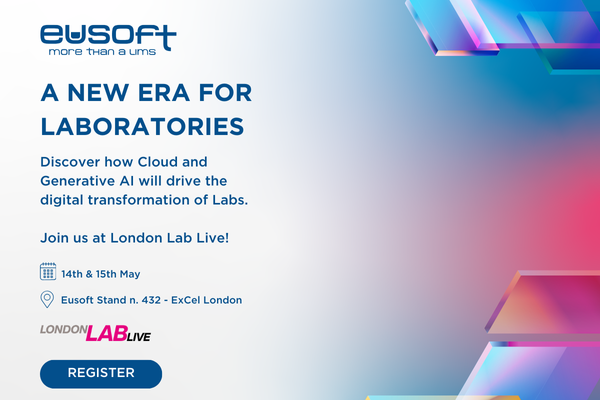The modern laboratory exists in an environment that produces a large amount of data. With the advent of new technologies, both the quality and quantity of information is increasing exponentially. This increase of data can cause significant problems and methods are needed to manage it. One such method used is a LIMS – Laboratory Information Management System.
Laboratory Information Management Systems have been around for some time now, and while their reputation for streamlining lab operations has improved, their reputation for implementation has not. Due to the complexity of the lab environment and the number of technologies involved, LIMS implementations can go on for months or even years. One statistic that has long been circulating is that 60% of all LIMS projects never get implemented. Many have blamed the vendors for failed LIMS attempts. Even though there may have been a number of failures fairly pinned to the vendors, you will find in a majority of the cases that the blame is to be placed on system owners. What then is the best methodology for ensuring success? These are our basic guidelines to help ensure success:
- Avoid “scope creep”. Before a LIMS is selected, conduct an assessment to define the scope, objectives, and resources available for the LIMS.
- Establish the requirements specification. Requirements must be clearly specified, concise and well understood. A large number of systems will fail to meet the users initial expectations and this can often be due to the lack of a proficient user requirements specification. The reason is obvious. How can a system meet expectations when those expectations have not been clearly specified? Seek an external consultant, as they can be more objective and will ask questions that would not be asked internally. Many vendors offer a needs assessment service prior to the LIMS installation, since they are familiar with their technology and have subject matter experts that specialize in reviewing laboratory operations and procedures.
- Align technology with your business objectives. LIMS selection is also difficult because it combines several technologies and functionalities. There are obvious problems with selecting a LIMS with less functionality than needed, but at the same time, there is little worth in selecting ones with superfluous functionality just because it is available. Therefore it is important to determine what your configuration should be, and to select the proven technology for the specific challenge that is being addressed.
- Enter the purchase process. The search for a LIMS provider should include viability studies: What is the state of financial health of the company supplying the products? What are the plans for the company? You also need to look for evidence of expertise and experience: the higher the level of expertise, the better the chances that features and functions will more closely meet your needs — without customization.
- Engage the full team. You see your LIMS as an exciting new tool. Others in the lab may see it as threatening. One way to ease the transition is by including staff in the decision and describing the benefits in terms that resonate with them. Additionally, don’t wait until the system is fully implemented to begin training.
- Be realistic.No LIMS is going to address one hundred percent of your needs right off the shelf. Therefore be realistic about your expectation and don’t fall into the trap of thinking that a LIMS will solve all laboratory needs and problems — even those not directly related to the LIMS. A good LIMS will open up enormous productivity and quality improvement opportunities for your lab, but no LIMS is going to be a total laboratory solution.
Most importantly, remember that refusing to make any changes just because “that’s how we’ve always done it” and, conversely, trying to revolutionize the whole technical strategy at once, will not propel the laboratory operation to new heights.




